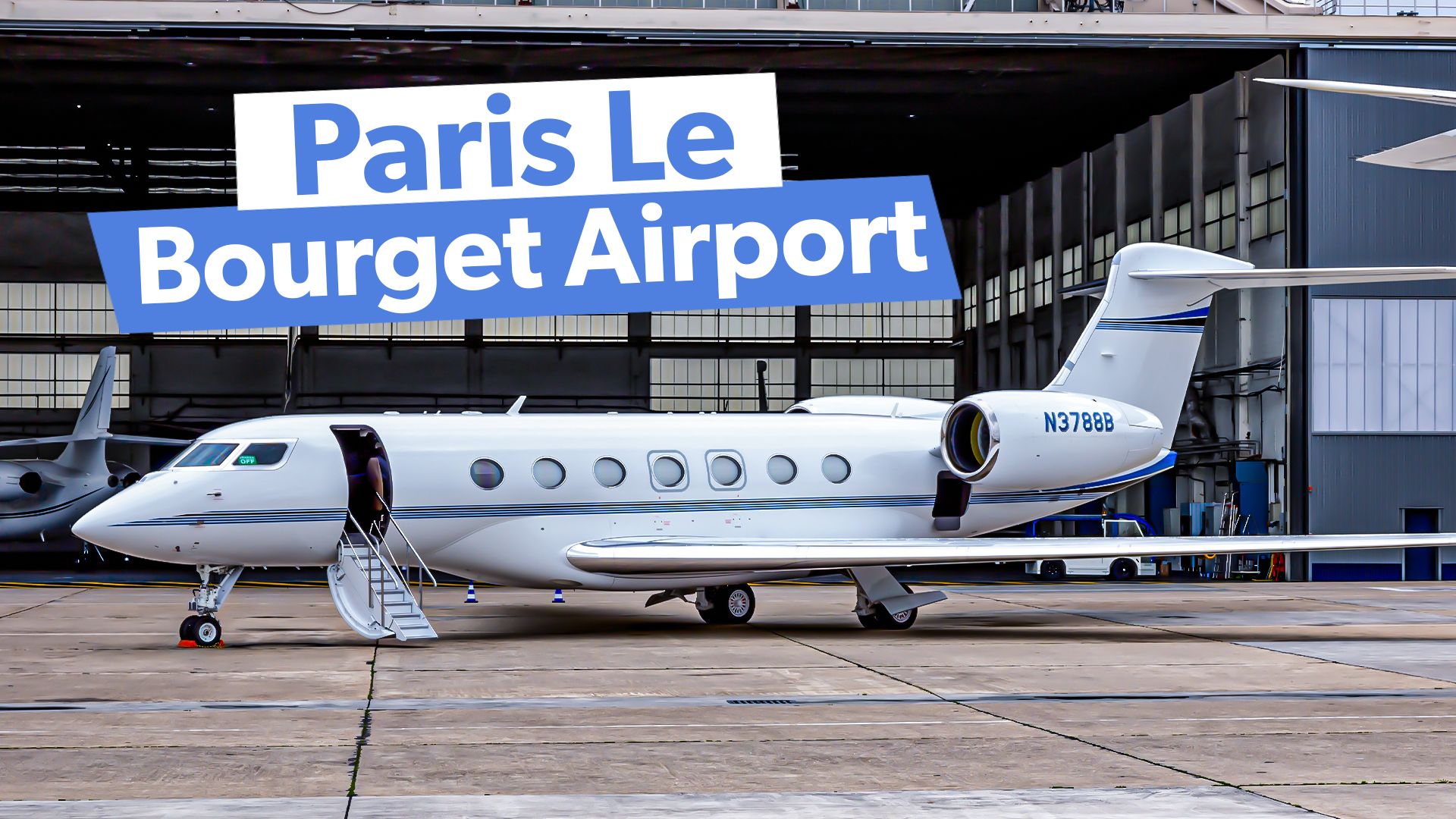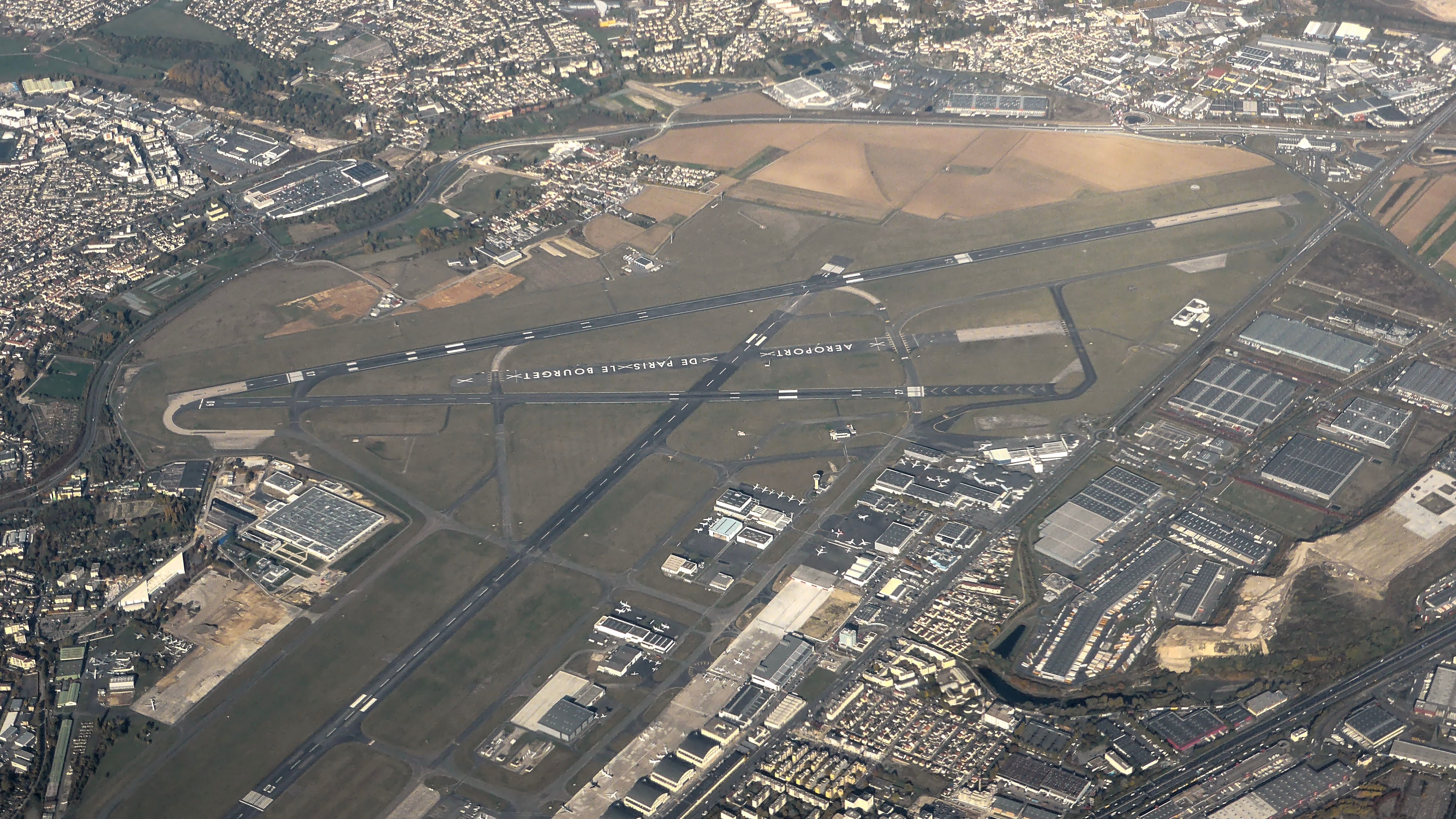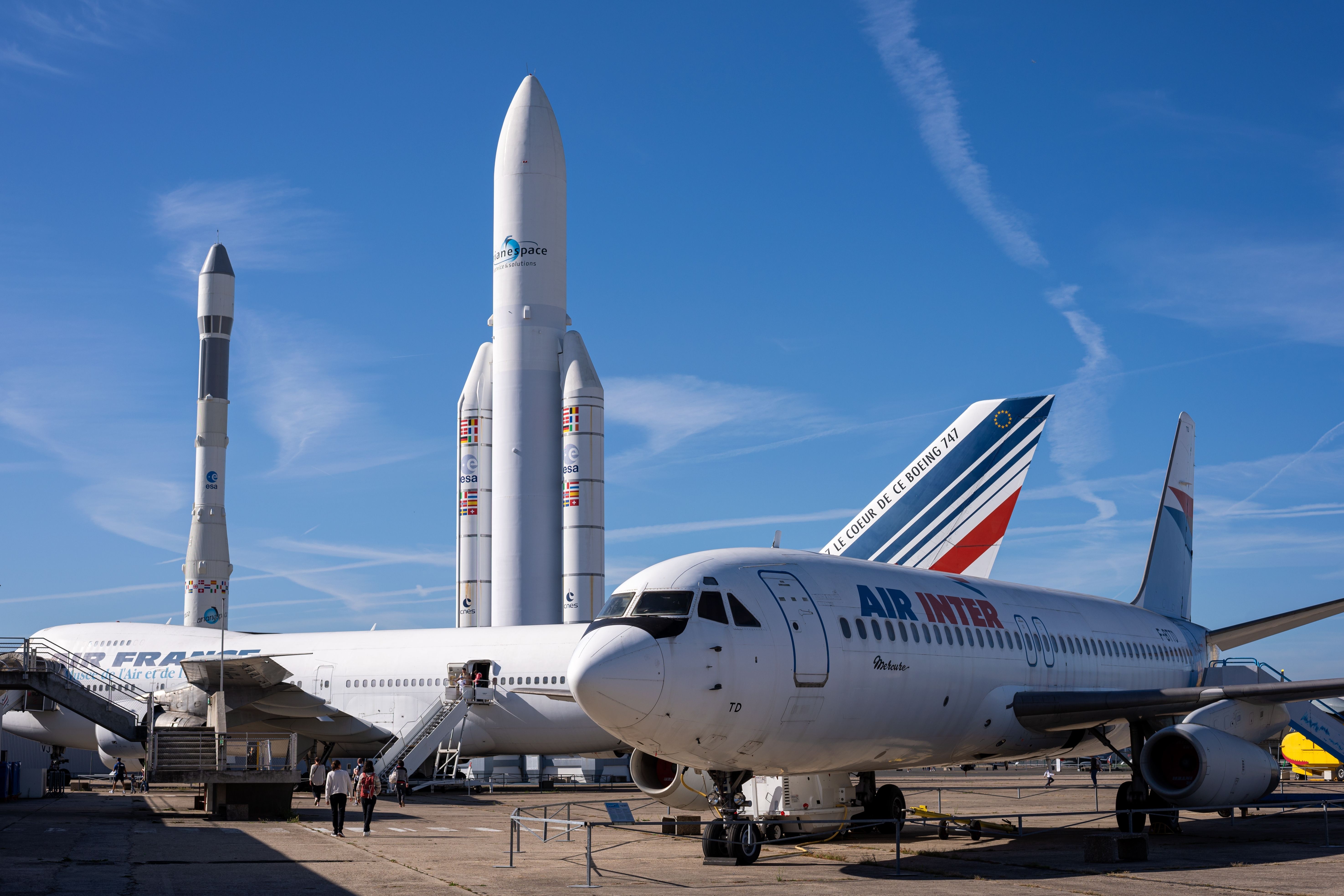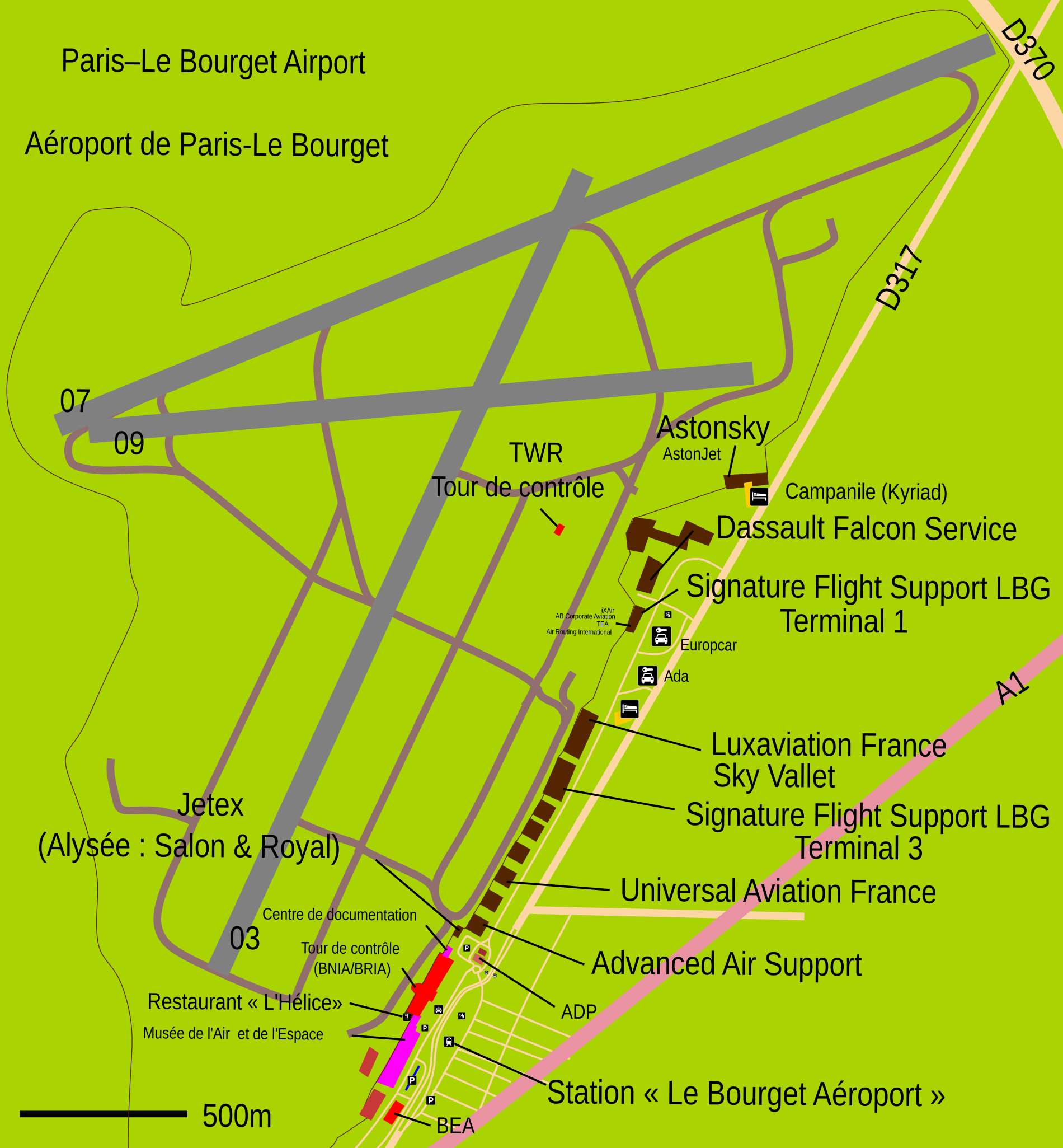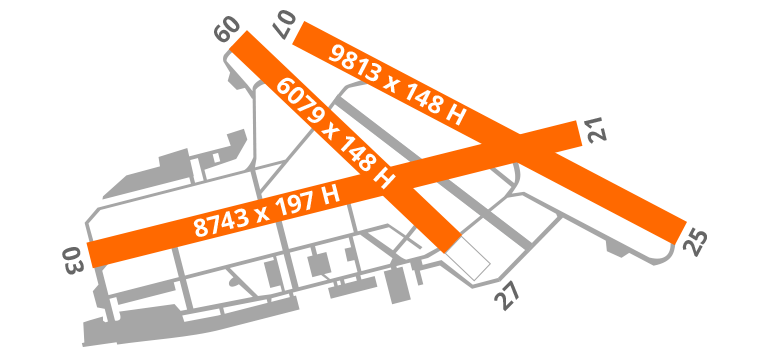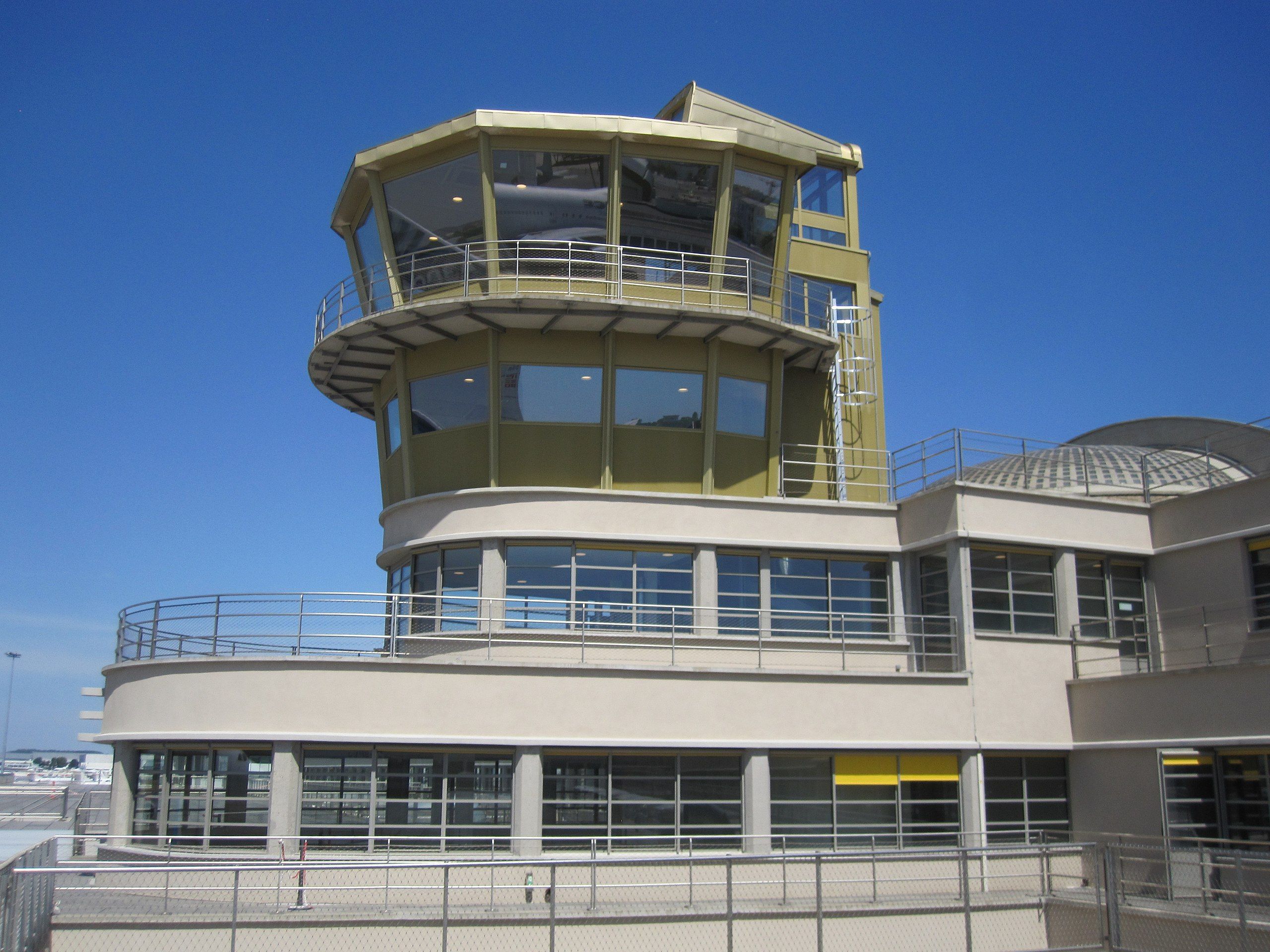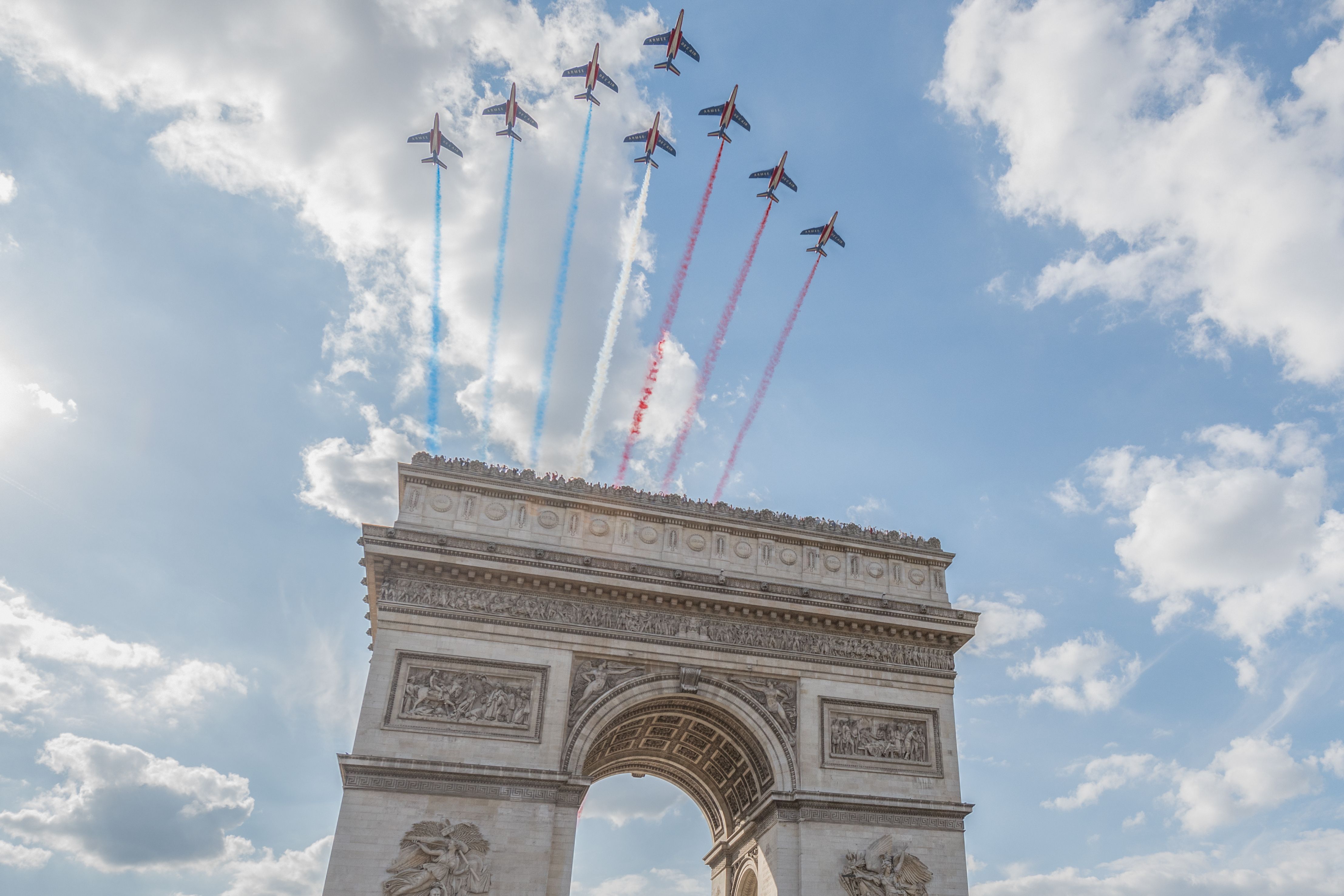Paris – Le Bourget Airport (IATA: LBG ICAO: LFPB) is an airport that specializes in business aviation. It is owned by Groupe ADP and sits six nautical miles or 11 kilometers northeast of the city. It has a very interesting history and hosts prestigious events as well as receiving thousands of business jets every year. Let’s find out more about Paris-Le Bourget.
A rich history
The airport originally opened in 1919 and was the only airport in Paris, until Orly Airport opened in 1932. It is most famous for being the landing site of Charles Lindbergh’s solo transatlantic crossing in the ‘Spirit of St. Louis’ on May 21, 1927. It was also the departure point of an attempted transatlantic flight, just two weeks earlier, but the aircraft ‘L’Oiseau Blanc’ (The White Bird) mysteriously disappeared and has never been found.
Aviator Howard Hughes flew the second nonstop flight from New York to Paris in 1939 and landed at Le Bourget, before flying on to Moscow. He then flew to Omsk, Yakutsk, Fairbanks and Minneapolis, before returning to New York. The first jet-powered transcontinental flight landed at Le Bourget on October 26, 1958. It was a Pan Am flight on a Boeing 707 from Idlewild Airport, New York to Paris via Gander, Newfoundland.
Photo: Tommy Larey | Shutterstock
Operational changes
In 1952, Air France moved all their operations from the airport to Orly Airport due to capacity constraints. Much later, in 1977, Le Bourget was closed to all international airline traffic and by 1980, it was closed to regional traffic too. Since then, it has been open to the international business aviation industry and has become the largest airport in Europe dedicated to the private jet industry.
It has gained a reputation for being the ‘Teterboro of Europe’ due to its major role in the private jet industry.
Le Bourget facilities
The airport has three runways, ramp parking and hangar space and can accommodate all aircraft types. There are numerous facilities available, including VIP lounges, crew rooms, flight planning services and much more, all accommodated in large hangars around the airfield. The airport is open 24 hours a day.
There are, however, some restrictions in place, in that, the use of reverse thrust devices and use of runway 2 by aircraft over 5.7 tonnes is prohibited between 22:15 and 06:00. This is for noise abatement purposes as it is also a residential area. The airport is a 20-minute drive to the downtown area and it has direct freeway, rail and helicopter transfers.
Runway information:
|
Runways : |
||||||||||||||
|
||||||||||||||
There are more than 30 buildings that hold maintenance facilities, aircraft equipment and airport services. Fixed Operators (FBO) include Execujet, Jetex, Advanced Air Support, Universal Aviation, AstonSky, Dassault Falcon Service, and Signature Aviation.
Maintenance providers based at the airport include Textron Aviation, Embraer Executive, Leonardo Helicopters, Dassault Aviation, and Bombardier Aerospace. There is also a Flight Safety International learning center for aviation training.
Photo: Universal Aviation
Ground transportation, VIP catering services and aircraft cleaning services are available at the airport. Some charter operators have their own aircraft based at the airport.
These include Valljet, Sparfell Luftfahrt, Skyfirst, Luxaviation and Global Jet. The Bureau D’Enquètes et D’Analyses pour la Sécurité (BEA) part of France’s Ministry of Transportation that investigates air accidents, is also based there.
Airport information:
Airport of entry: Yes
Airport type:: Civil
Customs: Yes
Fire category: 8
Latitude / longitude: N48-58.2/E002-26.5
Longest hard surface runway (ft): 9813 x 148, 07/25
Elevation (ft): 220
Runway surface: Bituminous/concrete
Fuel available: JET
PCN: 058RCWU
Approaches: ILS/DME LOC
Airport light intensity: High
US customs preclearance: No
Slots required: No
Handling mandatory: Yes
AFS/AFTN: LFPBYDYX
SITA:
Tower frequency: 118.925
ATIS frequency: 120
Photo: Frederic Legrande – COMEO | Shutterstock
The Paris Air Show
Le Bourget hosted its first Paris Air Show in 1953 and continues to do so to this day. Prior to that, it was held at Orly or Grand Palais since 1909.
It had developed from the Paris Motor Show which had its own aircraft sector. It is a large trade fair that also has demonstrations by military and civilian aircraft. It attracts over 322,000 visitors and is held every two years. It is the largest airshow and aerospace industry exhibition in the world followed by similar events held in Farnborough, Dubai and Singapore.
Photo: Daboost | Shutterstock
Museums and movie shoots
The airport has also been home to the Musée de l’air et de l’espace, an aviation museum, since 1975. The museum features over 100 aircraft, from the Spitfire to the Concorde.
The terminal building is also of cultural interest due to its Art Deco architecture. There is a statue of the first woman to gain a pilot’s license, Madame Raymonde de Laroche. There is a monument to Charles Lindbergh and also to the pilots of ‘The White Bird’, Charles Nungesser and François Coli.
Both the airport and museum are often used for shooting movies and television series due to their historical features and exhibits.
Le Bourget in numbers
According to the European Business Aviation Association (EBAA), there were 55,751 movements of aircraft at Le Bourget in 2023. 96% of traffic was business aviation related and over 60% of flights were to and from destinations in Europe. It was named the leading business jet airport in Europe and a business aviation dedicated airport.

